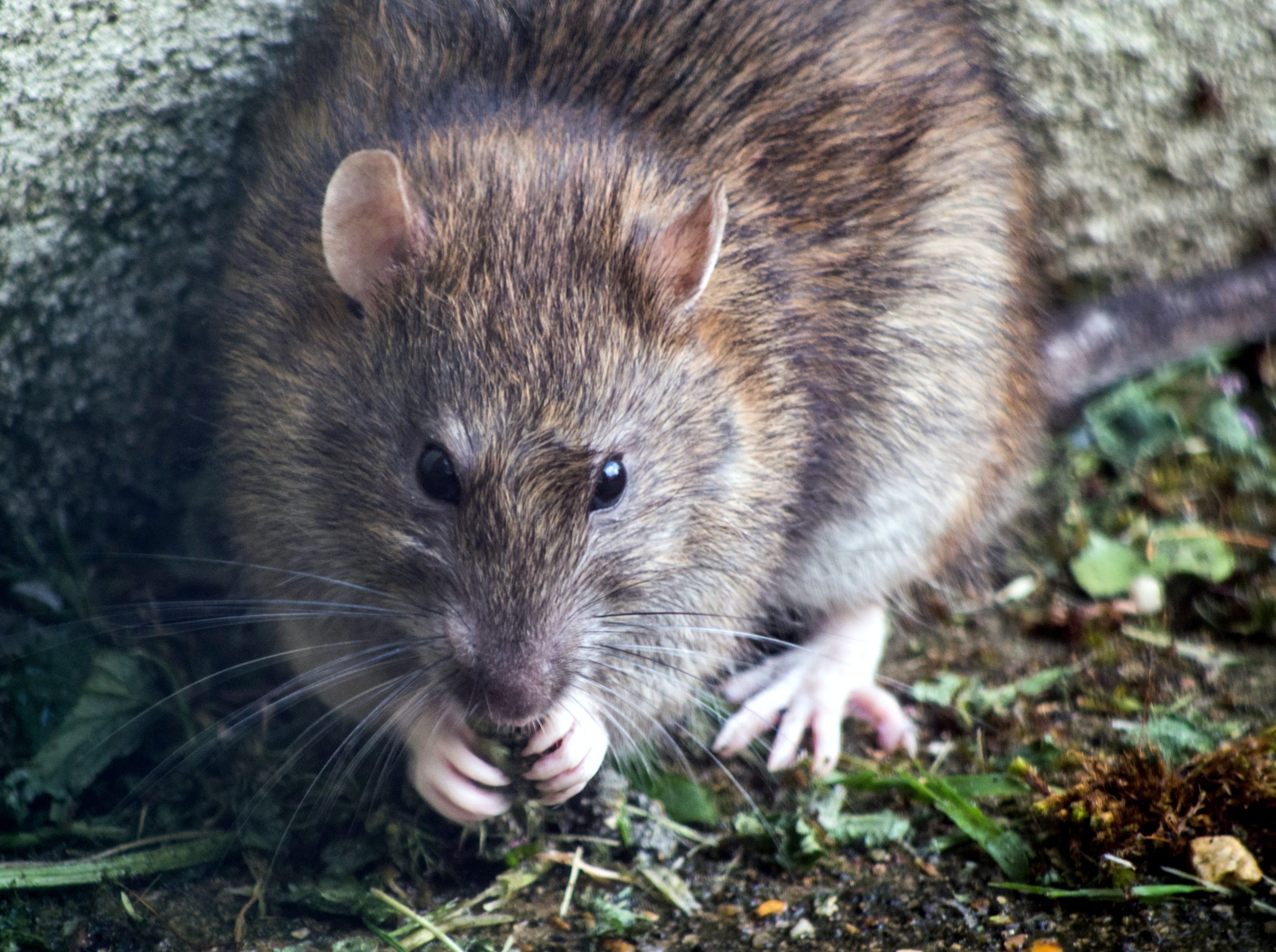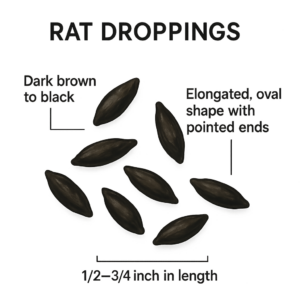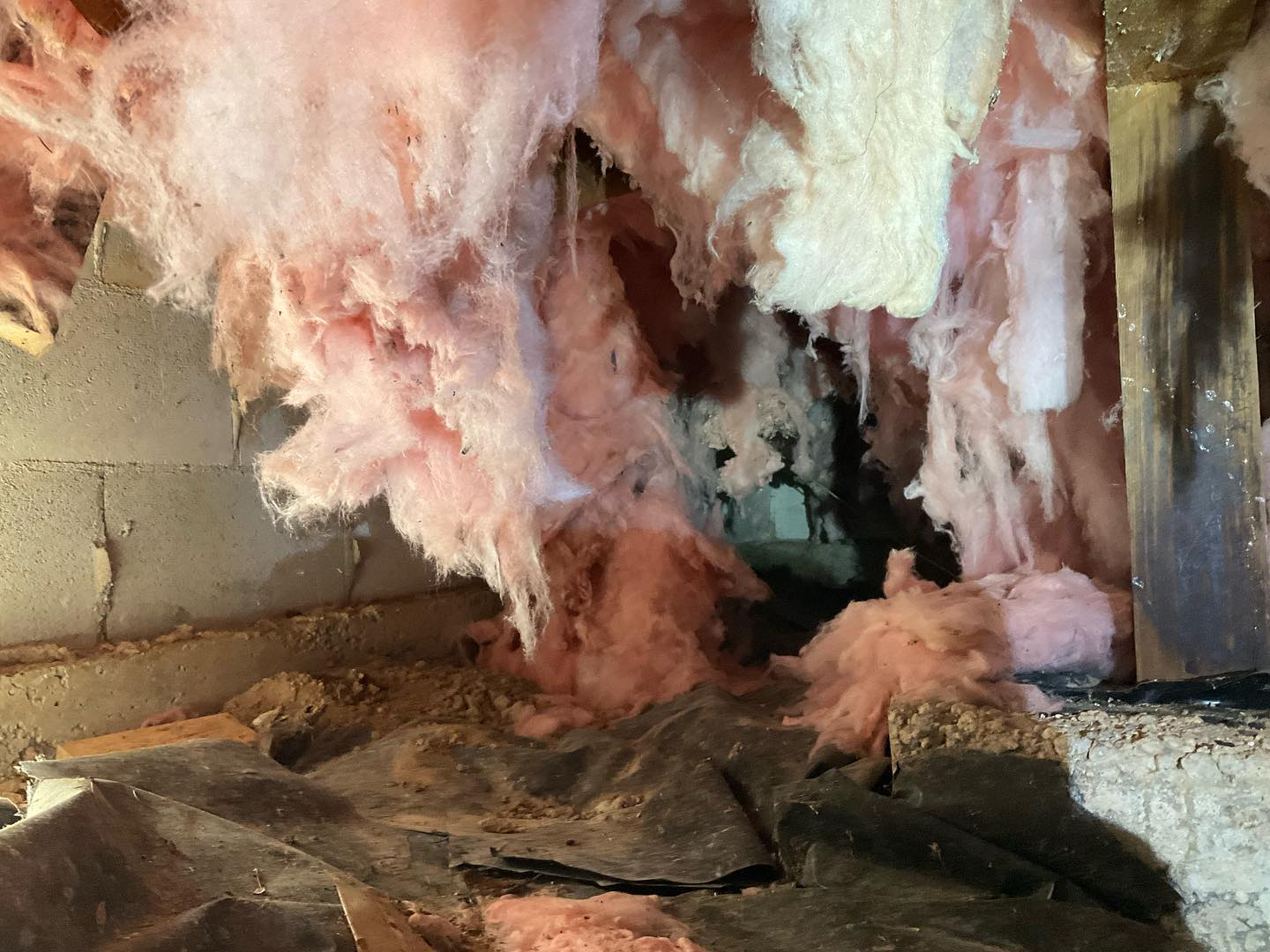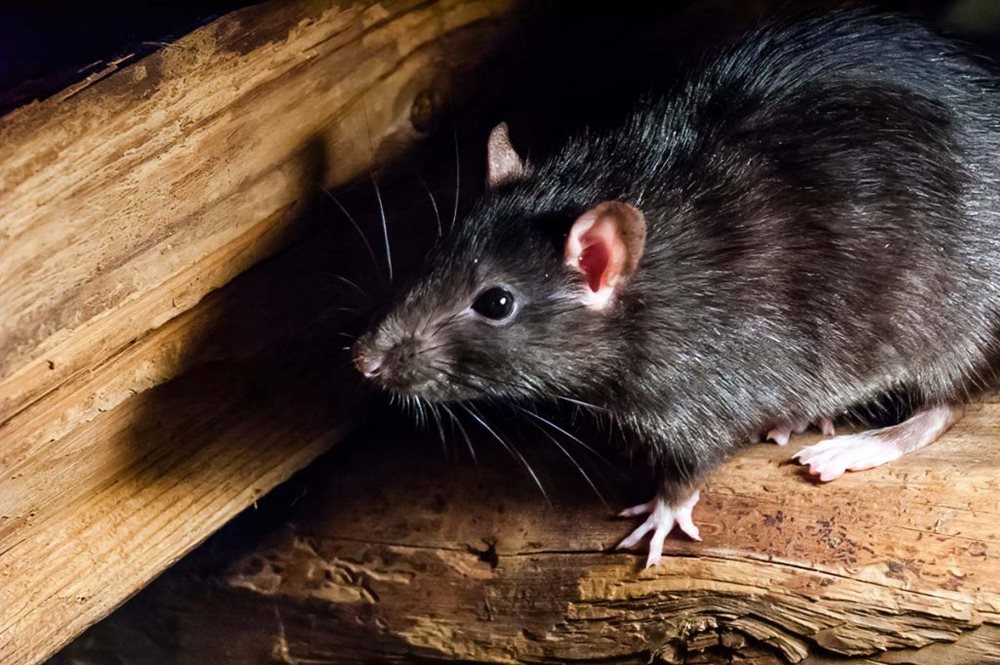
Rat Removal Service – Safe, Fast, and Guaranteed
Hearing strange noises? Seeing damage in walls or basements? Finding small droppings around the house?
Rats can cause serious damage to homes and pose health risks to humans. Critter Control provides fast, humane rat removal solutions to protect your home and your family.
Find Service in Your Area
Signs You Have a Rat Problem
Rats will leave clear signs of their presence:
- Droppings: This is often the most noticeable and definitive sign. Rat droppings are typically dark, pellet-shaped, and about 1/2 to 3/4 inch long, resembling a large grain of rice. They are commonly found near food sources, in cupboards, under sinks, and along walls. Fresh droppings will appear moist and shiny, while older ones will be dry and crumbly.
- Gnaw Marks: Rats constantly gnaw to keep their ever-growing teeth in check and to create access points. Look for gnaw marks on wood (like baseboards, door frames, and furniture), plastic containers, food packaging, wires, and pipes. Rat gnaw marks are usually larger and rougher than those left by mice, often appearing as paired grooves.
- Scratching Noises and Other Sounds: Rats are primarily nocturnal, so you’re most likely to hear them at night. Listen for scratching, scurrying, or squeaking sounds coming from within walls, ceilings, attics, basements, or crawl spaces. These noises indicate active movement and can be a strong sign of a hidden infestation.
Why Do Rats Enter Homes?
Rats seek out shelter to stay warm, safe, and close to food and water sources.
They often enter homes through:
- Foundation cracks and openings: Rats can easily slip through cracks in the foundation, gaps around utility lines (pipes, wires, cables), or even unscreened crawl space vents. Even a hole the size of a quarter is large enough for a rat to enter.
- Gaps around doors and windows: Poorly sealed doors, especially garage doors (where the rubber seal might be chewed or deteriorated), and gaps around windows provide easy access. They can also gnaw on wood around these areas to create larger openings.
- Roofline and attic vulnerabilities: Rats are excellent climbers. They can access roofs via overhanging tree branches, vines, or utility lines. Once on the roof, they can enter through damaged or unscreened roof vents, soffit gaps, openings in fascia boards, or even uncapped chimneys.
Where Rats Cause a Problem
Common places rats are found:
- Walls
- Crawl spaces
- Attics
- Ceilings
- Basements
Rats can live anywhere in your house, gnawing through materials, contaminating surfaces, and nesting in hard-to-reach areas.
Learn more→ Where Do Rats Nest in a House
Common Problems Rats Cause
- Health Hazards: Rats can carry and transmit diseases like leptospirosis, salmonella, and hantavirus. Their droppings and urine contaminate surfaces and food sources.
- Fire Risk: Rats gnaw on wires, which can lead to exposed wiring and increase the risk of electrical fires.
- Structural Damage: Their gnawing can compromise insulation, wood, and even piping.
- Infestation Growth: A small rat problem can quickly become a large infestation due to rapid breeding.
How Do We Get Rid of Rats
Critter Control professionals use industry-standard traps, exclusion techniques, and damage repair to safely and effectively remove rats from your home. We identify entry points, seal access, and implement deterrents to prevent future infestations.
Our licensed rodent removal professionals follow a proven process to exterminate rats and prevent future infestations:
- Inspection & Identification
We find nests, entry points, and signs of activity. - Humane Trapping & Removal
Safe, effective, and compliant with wildlife laws. - Exclusions & Prevention
Sealing entry points to prevent re-entry.
What DIY Rat Control Doesn’t Work
Most commercially available or DIY repellents are generally ineffective. Nuisance wildlife can quickly grow accustomed to them or simply ignore them. For DIY scent deterrents, the odor dissipates rapidly, requiring constant reapplication. Professional exclusion and sanitation are the only proven long-term solutions.
Why Choose Critter Control?
40+ Years of Rodent Control Expertise
☑Licenses & Insured Wildlife Removal Professionals
☑Safe, Humane, & Environmentally Responsible Methods
☑100% Customer Satisfaction Guarantee
Rat Control Near You!
Rats in the attic, walls, basements, or strange noises in your kitchen? Rats living under your home? Those scratching sounds in the attic, crawlspace, and noises in a wall may well be rats.
Need Fast Rat Control?
Call 1-800-274-8837 for Immediate Rat Removal Services
Find Service in your Area:
Get them out.
Keep them out.®
Experiencing a pest rat issue? We can help! Complete this form and your local Critter Control® office will contact you to assist.
The most common rat pest in the United States is the Norway rat (Rattus norvegicus). The Norway rat is also called brown rat, house rat, sewer rat, and wharf rat. Other rats include roof rats and pack rats. If you see a rat with bald ears, black eyes, a blunt nose, a brown or grey body, and a tail smaller than the body, it is likely a Norway rat. They are about 16 inches long, including the tail.
Pack rats are about the same length, but their furry tail is usually equal in size to the body. They have greyish-brown fur, white underbelly, black eyes, and bald ears. Roof rats have pointy noses and scaly-looking tails. They have brown and black fur with much lighter underbelly. They are about the same size as the pack and Norway rats.
Species of Rats
Rats have powerful teeth and jaws. Their teeth grow throughout life, and rats must chew on hard substances to keep them filed down. Unfortunately, this allows them to chew and gnaw on plastic, wood, vinyl, thin metals, wood, and other items used to build your home. If you see gnaw marks on baseboards, electrical wires, internet cables, pipes, siding, gutters, or vents, you may have a rat problem.
Rats can chew through drywall and structural beams, making your home unstable. When building a nest in your home, rats will use any suitable materials from inside your home. They may also bring items from outside. If in your attic, they may use sentimental items that aren’t stored properly. Nests are often built-in insulation, pipes, vents, between walls, or under appliances.
Rats contaminate foods in your pantry and your pet’s, and replacing them will cost you a lot of money.
The feces and droppings they leave in trails as they move from their nest to a food source can grow mold spores. If you inhale these spores, you are at risk for respiratory problems. Rats can bring many diseases into your home, such as
- leptospirosis
- salmonellosis
- tularemia
- plague
- rat-bite fever
Ectoparasites like mites and fleas that live on rats can infest your home. All the pests living on a rat enter your home when they do. Of course, no one wants a rat-related disease. The first step to avoiding potential health hazards is to call for professional help to eliminate the rat infestation.
The best way to keep rats out of your house is to address the reasons why they are there in the first place. You must make your home and property unattractive to rats, which includes removing their access to food, water, and shelter. Exclusion is one step of this process. Exclusion examples begin with sealing and securing all holes, cracks, broken vents, and other entry points that allow rats to enter your home.
Other exclusions include:
- Properly storing groceries and pet food
- Cleaning crumbs that fall behind appliances
- Putting food away rather than letting it sit out
- Keeping the inside and outside of your home clutter-free
When rat control experts implement prevention and exclusion techniques, you have a higher level of reassurance that you will not have rat problems in the future.
A rat infestation is a homeowner’s worst nightmare, stealing your dream of a peaceful, restful, safe home. The good news is that you can implement prevention strategies to avoid a full-scale infestation.
- Eliminate Food Sources. Rats usually come to your home if it’s a source of easily accessible food, water, or shelter. Eliminating the features that attract rats is an effective prevention option.
- Keep Your House Clean. Start with proper home sanitation. That includes regularly taking out the trash and proper food storage to minimize rodent attractants. If you have pets, make sure to pick up their food regularly. An unattended pet food bowl is the holy grail for any rodent seeking a home.
- Remove Accessible Water Sources. Look for ways to remove water sources around the home. For example, if empty containers around your property collect water, rats will drink from them. Anything that collects and holds water should be removed if possible. Rats do not need a lot of water to survive and can get some water from the foods they find. However, reducing access to water sources is still a good idea.
- Do NOT Use Repellents. Do not buy rat and rodent repellents or frightening devices because they do not work. Strange sounds will scare away a rat, but rats quickly get used to repeated noises. In addition, odor and taste repellents have minimal effectiveness.
Finally, watch for any potential signs of a rat infestation. If you see any sign of rat activity, call for professional help right away. Rats are prolific breeders that can quickly create a thriving colony in your home. The professionals at Critter Control can help you get rid of your rat issue quickly and effectively.
Since rats can gnaw through most home materials, they can make new entry points into your home. Rat repellants and improved sanitation can go a long way to preventing the return of rodents, although it doesn’t guarantee rats won’t try to gain access to your home again. But that doesn’t mean you must repeat the entire rat rodent control process. Instead, regularly scheduled appointments can ensure that your home never sees another large-scale rat infestation.
A professional service that regularly monitors your home for rat problems can spot future issues before things get out of hand. Although rats are incredibly resourceful critters, they are no match for a careful rodent control plan.
- Baby Rats
- Do Rat Repellents Work?
- Do Rats Hibernate in Winter?
- Dead Rat
- Rat Droppings
- Diseases from Rats
- Rat Bites
- Rat Life Cycle
- Identify Rat Noises Inside Your Home
- Rat Tracks
- Rat Traps & Baits
- Rat Tunnels in Attic
- Rats in Cars
- Rats in Crawl Space
- Rats in Homes
- Rats in Walls
- Types of Rats
- What Can Rats Chew Through
- What Do Rats Eat?
- What Does a Rat Look Like?
- Where Do Rats Nest?


